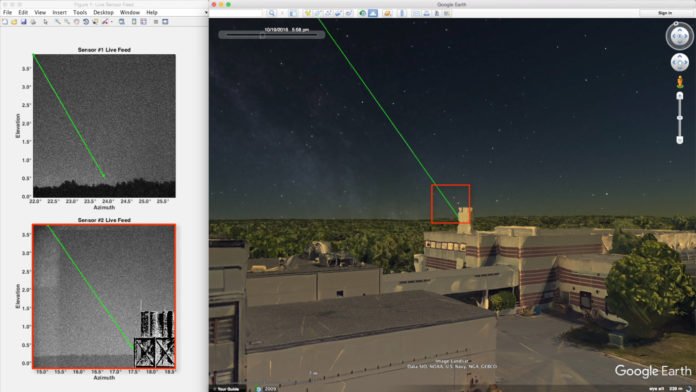Laser strike on aircraft can be a hazard. They represent various threats to pilots, including diversion amid significant minutes in flight, brief blaze visual impairment.
Although, it is difficult for the pilot to identify from where a laser beam is coming. Certain military aircraft are equipped with sensors that can estimate perpetrators’ geographic location, but they are expensive and unrealistic enough to have them installed on every airplane.
The only offensive measure of preventing laser hits includes teasing culprits with police helicopters. This practice takes a long time and effort.
To overcome differences in current laser mitigation systems, scientists at the Laser Technology and Applications and Air Traffic Control Systems groups at Lincoln laboratory came together and devised the Laser Aircraft Strike Suppression Optical System (LASSOS).
The LASSOS system, in other words, is a ground-based sensor system that precisely detects the probable location of laser strike and immediately notifies law enforcement.
It primarily captures side-scattered laser light and then traces it back to the perpetrator’s location. When a laser is pointed into the sky, a small fraction of its light is scattered by air molecules and aerosols. Thus, it forms a residual streak in laser’s path.
To detect scattered light, the system uses two or more high-sensitivity, low-noise, charge-coupled device. Thus, it provides the most precise geometric diversity that may help to map the laser streak in three dimensions.
As it identifies the laser strike, a digital reconstruction of the streak appears on a Google Earth map in real-time. Within just 30 seconds, the system summarizes the detection event and informs nearby law enforcement.
Brian Saar, principal investigator in the laboratory’s LASSOS team said, “This technology will significantly increase laser strike origin detection and perpetrator apprehension. As culprits are readily apprehended and prosecuted, the appeal of laser strikes as a crime with low risk of detection will decline.”
Scientists tested its geolocation ability at a distance of nine nautical miles. They placed one sensor on the top of the building at Lincoln Laboratory and another on the Flight Test Facility at Hanscom Air Force Base. They found that the system took less than 30 seconds to identify whether the laser beams came from the first, second, or third base.
Furthermore, the system LASSOS hold the potential to distinguish both immediate and future threats of laser strikes. As scientists reported, police officers can use LASSOS system to locate the perpetrators before they have the chance to cause serious harm.
